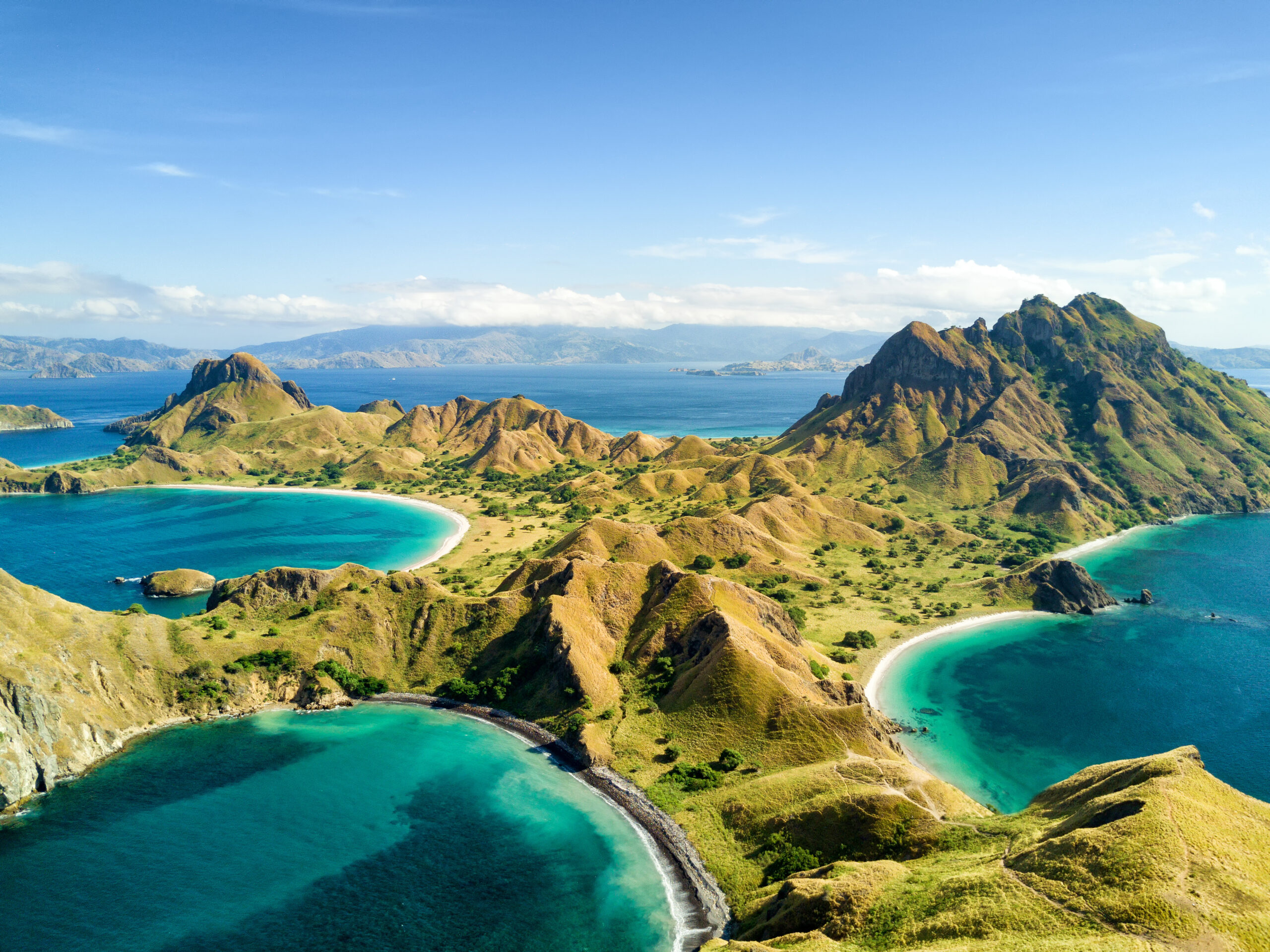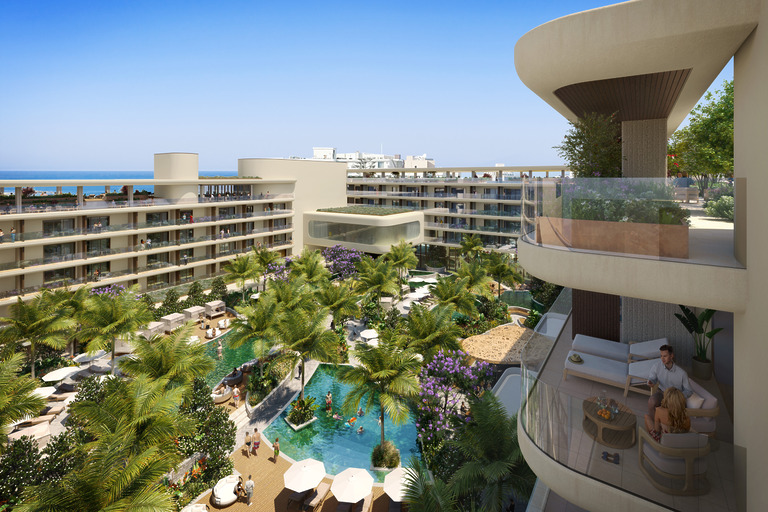
Flores Island
The goal of the master plan for Flores Island – an important island destination, is for new infrastructure and supporting facilities in Labuan Bajo and its surrounding areas to be developed as an integrated destination that is projected to attract significant additional private investment
-
Project Data
-
Location
Indonesia
Asia Pacific -
Size
12,540 square kilometers
-
Services
Advisory, Master Planning
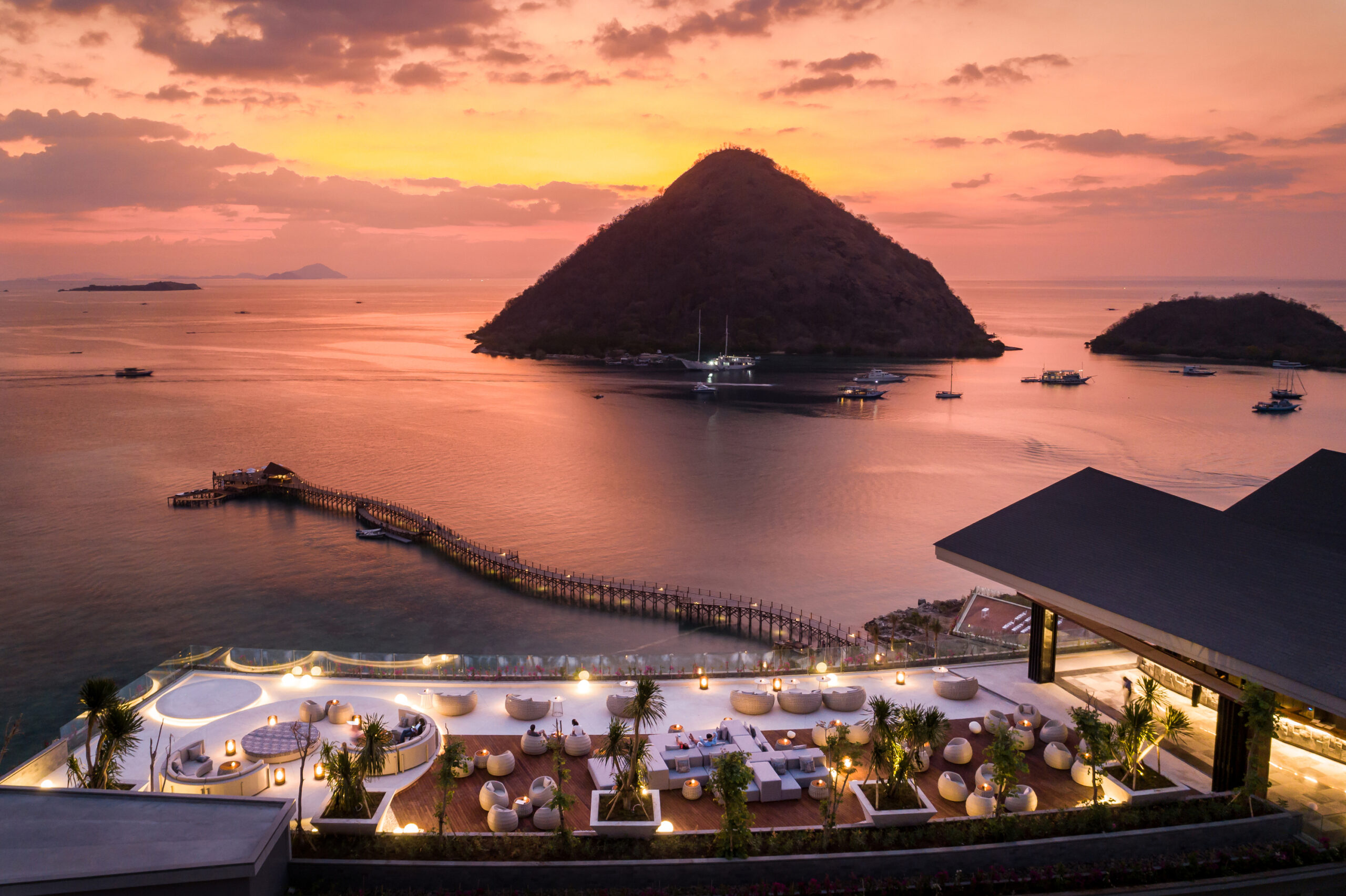
Statistics
- The island of Flores and its most important tourist destination, the town of Labuan Bajo, are projected to welcome 500,000 international visitors based on Government targets. Together with an expected equal number of domestic visitor arrivals, the total number of tourists represents a more than five-fold increase, compared to total arrivals in 2016.
- The WATG-design Ayana Komodo Resort is the first and only five-star resort on Flores Island’s Waecicu Beach and offers 13 suites and 192 premium guestrooms.
- “Flores” means “flowers” in Portuguese, named after the island’s early 16th century settlers and its lush landscape.
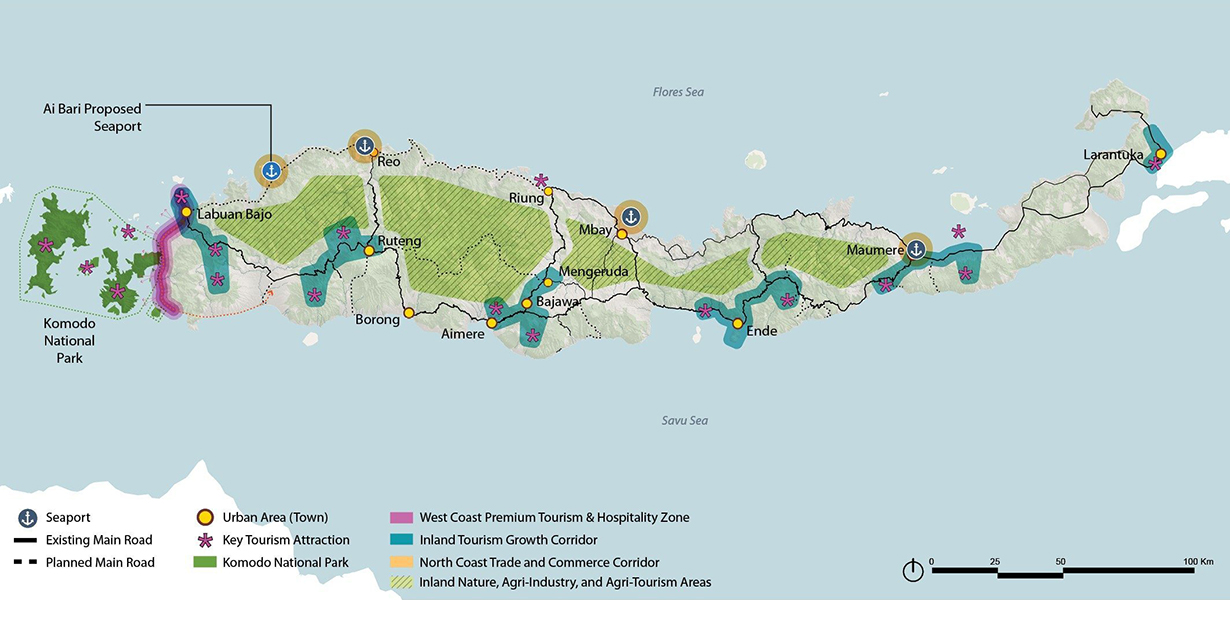
The Challenge
Accelerating Development by Improving Access and Infrastructure
When Indonesia’s President Joko “Jokowi” Widodo announced his “Ten New Balis” plan in 2017, the overall strategy was to accelerate development and replicate the economic effects of tourism that Bali enjoys. The government’s plan identified 10 high-potential sites in Indonesia that are already noteworthy destinations but whose visitor numbers would benefit from improved access and infrastructure, including the town of Labuan Bajo and surrounding Flores Island.
The goal is for new infrastructure and supporting facilities in Labuan Bajo and its surrounding areas to be developed as an integrated destination that is projected to attract significant additional private investment. One of the key attractions is the adjacent Komodo National Park – the natural habitat for the Komodo dragon and a UNESCO World Heritage Site. With its lush natural surroundings, extraordinary marine life, pristine white beaches, unique agricultural sites, rich ancient folklore and numerous indigenous villages belonging to different ethnic groups, Flores Island is poised to become a premier global ecotourism destination.
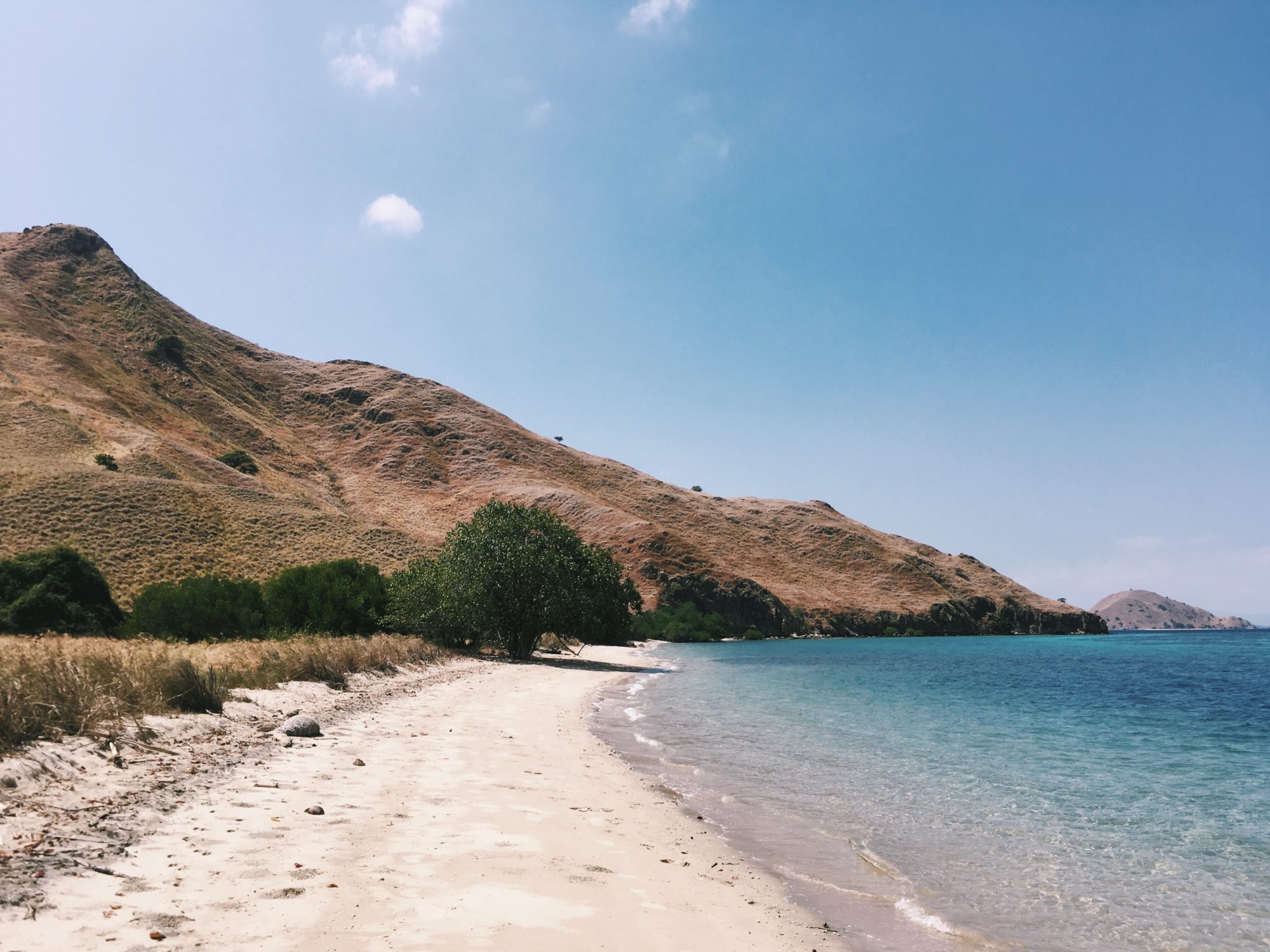
The Design Strategy
Mapping Out Integrated Island-Wide Development Plans
Armed with the Indonesian government’s vision of Flores Island as well as visitor targets, WATG’s strategists and planners identified areas of focus to guide the island-wide development. The plan analyzed various factors that impact development, including accommodation supply and demand, workforce availability, utility provision, and overall accessibility and mobility.
The vision plan illustrates opportunities to create a premium tourism and hospitality zone on the island’s west coast, anchored by Labuan Bajo. Corridors for inland tourism growth – each centering on Flores Island’s existing towns – and for trade and commerce along the north coast were also proposed. Overall accessibility would be improved by a network of existing and new main roads, and a series of six interconnected airports and four seaports distributed throughout the island.
Preserving and enhancing the island’s exquisite natural beauty and diverse ecosystem, as well as its agricultural roots, are priorities of the master plan. Protection of Komodo National Park will be achieved by taking into account the Park’s capacity and balancing tourist business interests with conservation goals. An extensive inland zone for additional nature conservation, agri-industry, and agri-tourism is also proposed for inclusion into the master plan.
The local Tourism Authority also asked WATG to develop plans for suitable tourism development on two inland areas near Labuan Bajo. Proposed tourism infrastructure and attractions include a visitor center; venues for cultural performances, food and beverage outlets – all integrated into the natural landscape; forest ecolodges, trails and pavilions; treetop and zipline adventures; agri-tourism parks and farmers markets; and additional visual landmarks and lookout points.
Responding to the Government’s objective of significantly increased tourism arrivals, WATG’s analysis identified a gap in hotel capacity of 4,100 hotel rooms which would need to be added to Western Manggarai province, in order to meet the anticipated domestic and international visitor demands.
Targeting the island’s high-end tourist, the WATG-designed Ayana Komodo Resort is the first and only five-star resort on Labuan Bajo’s Waecicu Beach. Its architecture draws inspiration from the rugged Manggarai Mountain range, local materials and Batik fabric patterns, while the building’s placement and orientation leverage the stunning coast, giving each guestroom a front-row view of the sea. A 500-meter pier extends from the beach into the water with a dedicated dive center for visitors to view the coral reefs and to board the hotel’s own sailing vessel for day trips or spectacular overnight excursions.
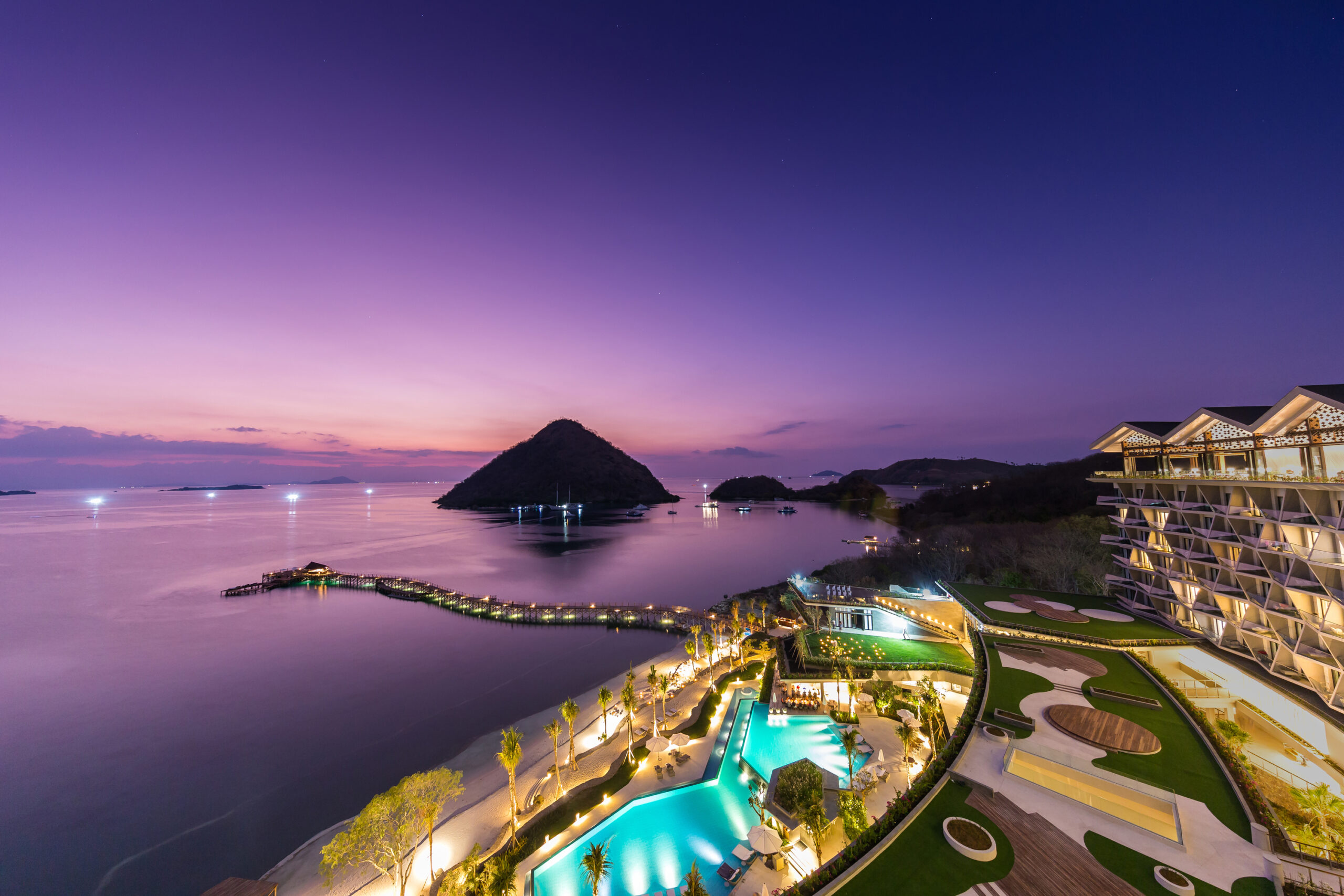
The Result
Empowering Locals, Attracting Visitors, and Sparking Growth
Since announcing intentions to invest in Flores Island’s infrastructure and developing an integrated master plan, the once small fishing village of Labuan Bajo is now booming with growth. The island’s west coast commercial zone has already drawn over 400 billion rupiah (S$400 million) in investments, and more than 1,000 hotels rooms are already in development.
To ensure long-term stability, the regional administration is also making investments to empower Flores Island’s two-million residents so they can contribute to the efforts to welcome more visitors and benefit from the increase in global attention. Labuan Bajo and Flores island are expected to welcome up to 500,000 international visitors following the implementation of the master plan, up from 54,758 international arrivals in 2016.
More Projects

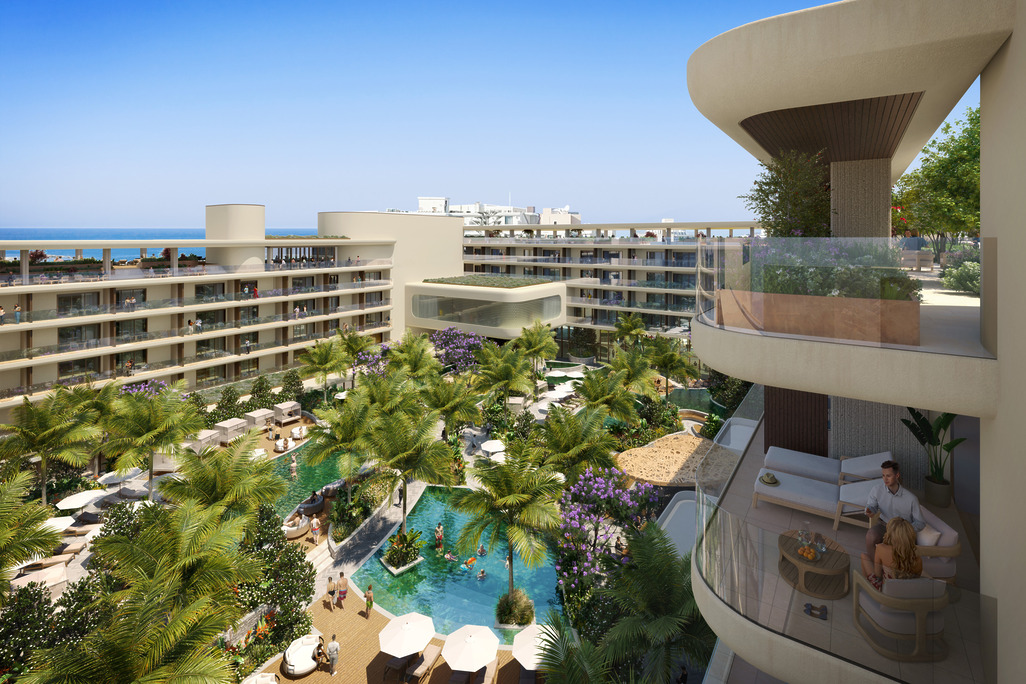
- Europe
Mitsis Grand Hotel Rhodes
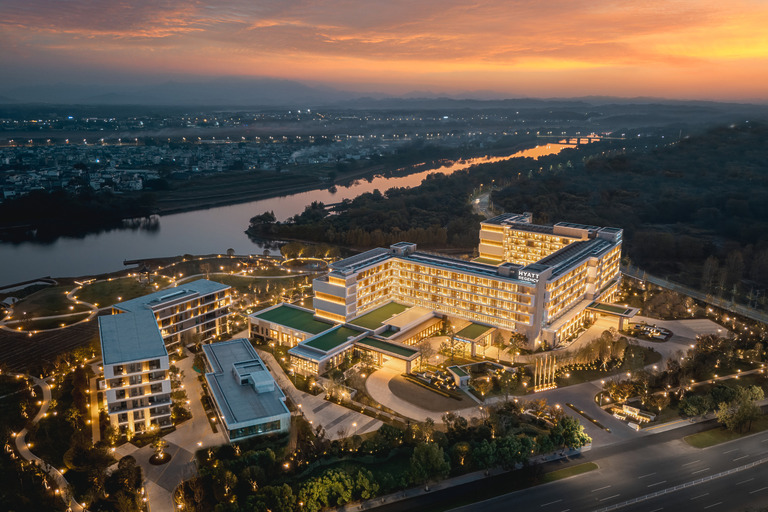
- China
Hyatt Regency Huangshan Hengjiangwan
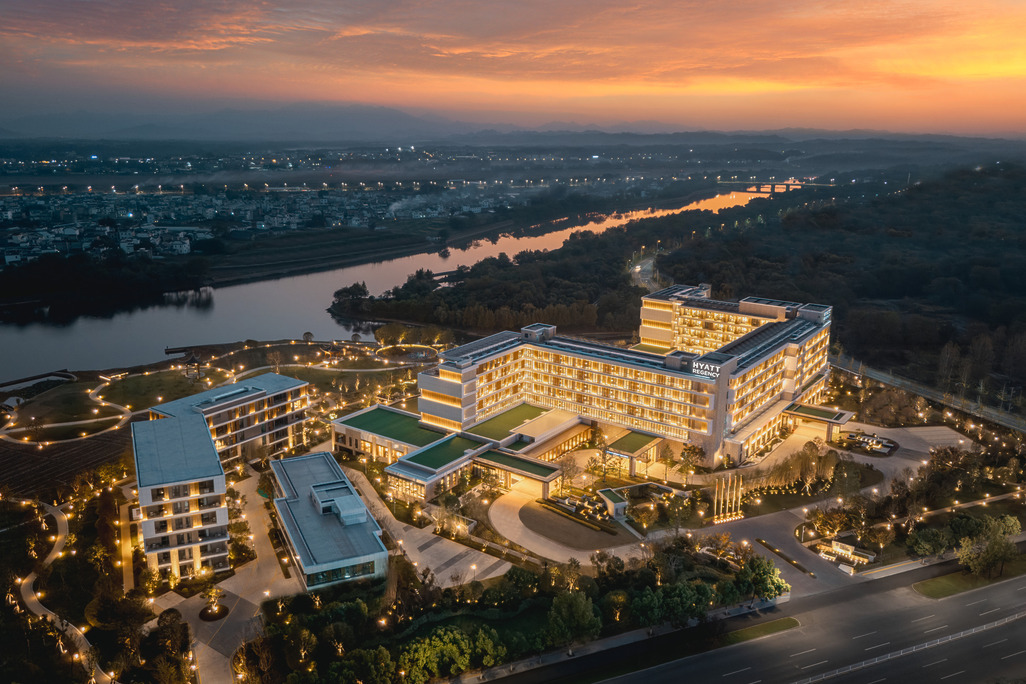
- China
Hyatt Regency Huangshan Hengjiangwan
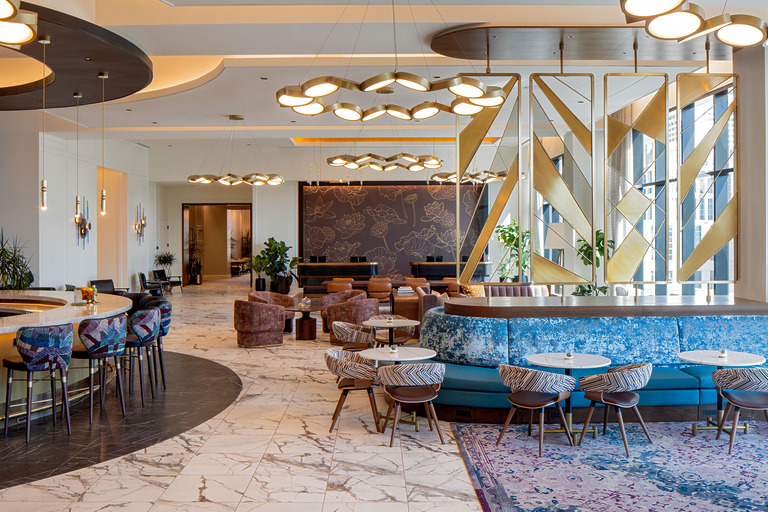
- North America
Tempo by Hilton, Nashville
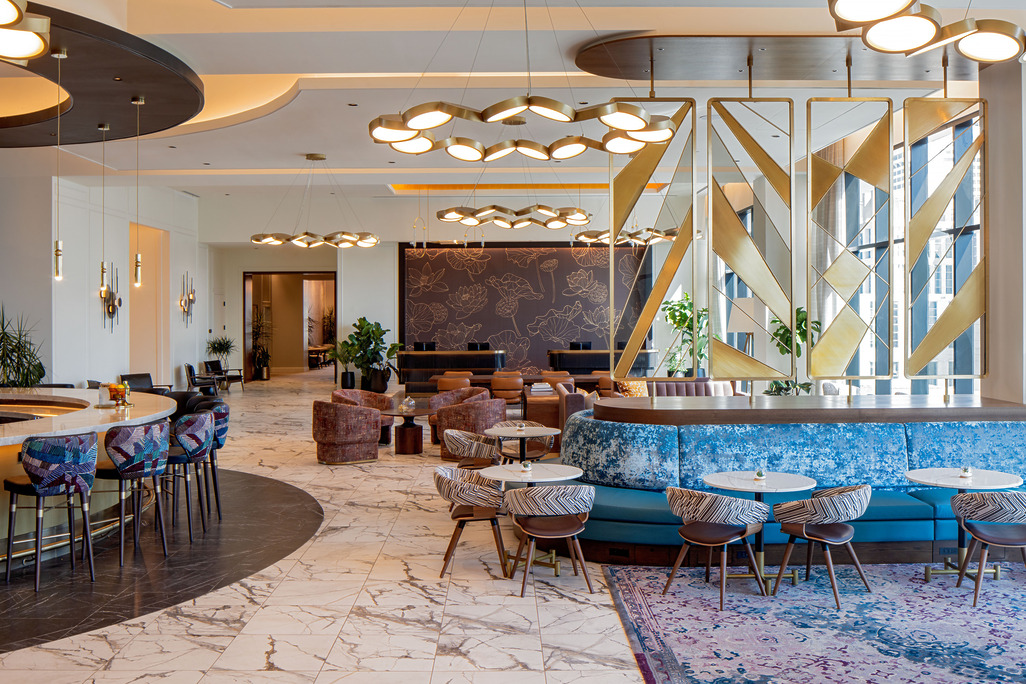
- North America
Tempo by Hilton, Nashville
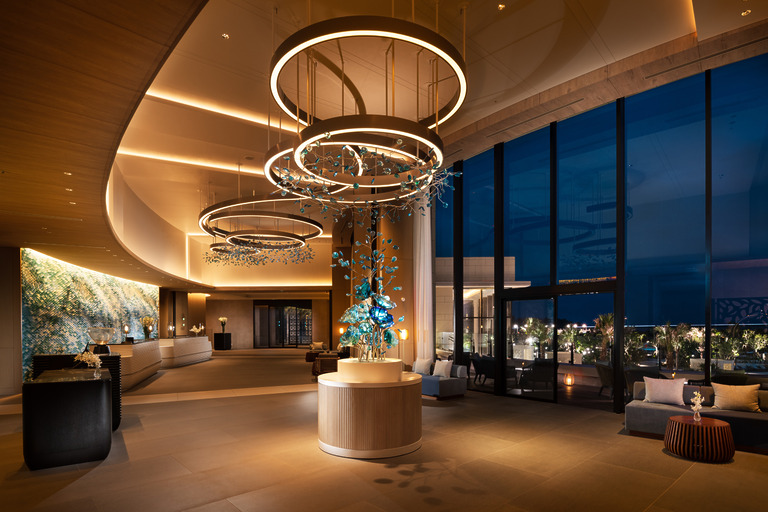
- Asia Pacific
Hilton Okinawa Miyako Island Resort
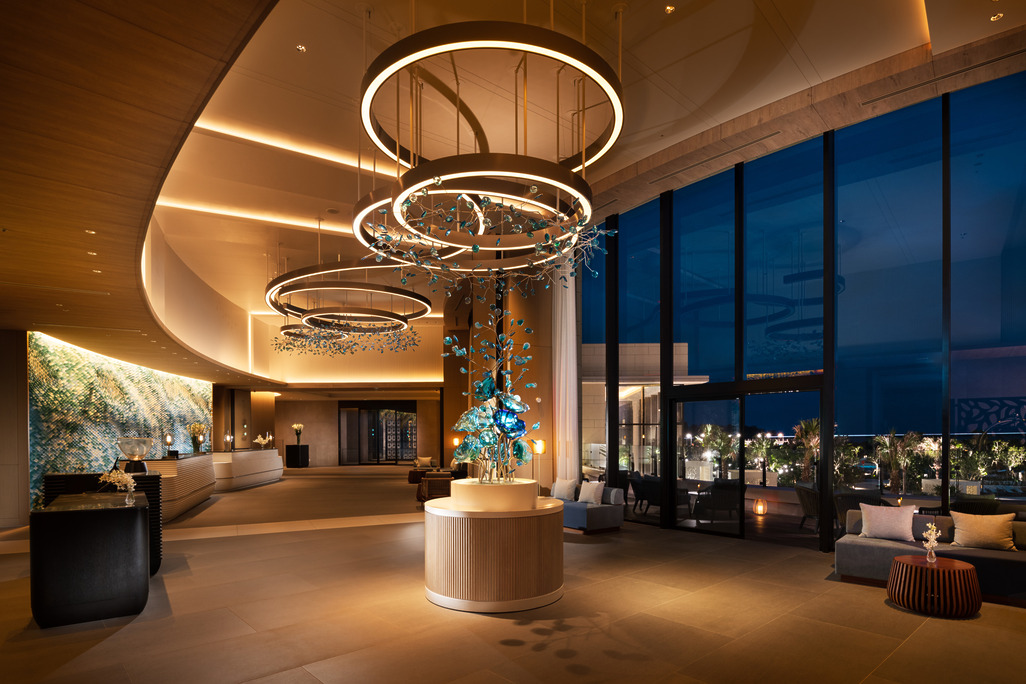
- Asia Pacific
Hilton Okinawa Miyako Island Resort
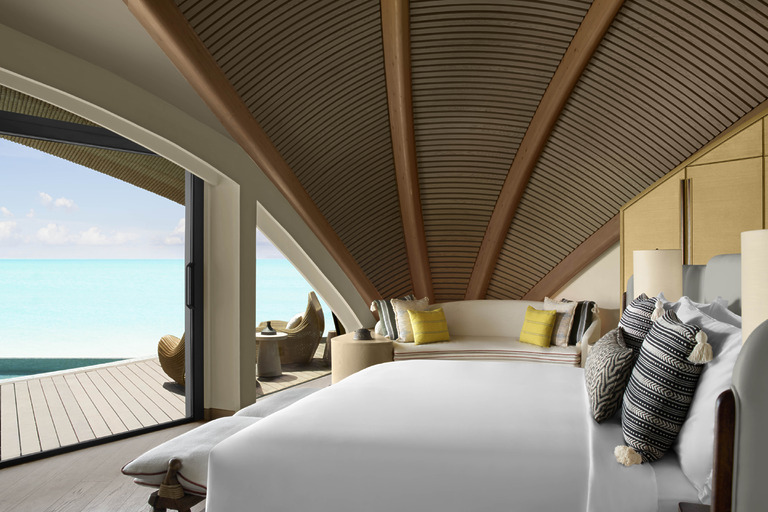
- Middle East
Nujuma, a Ritz-Carlton Reserve
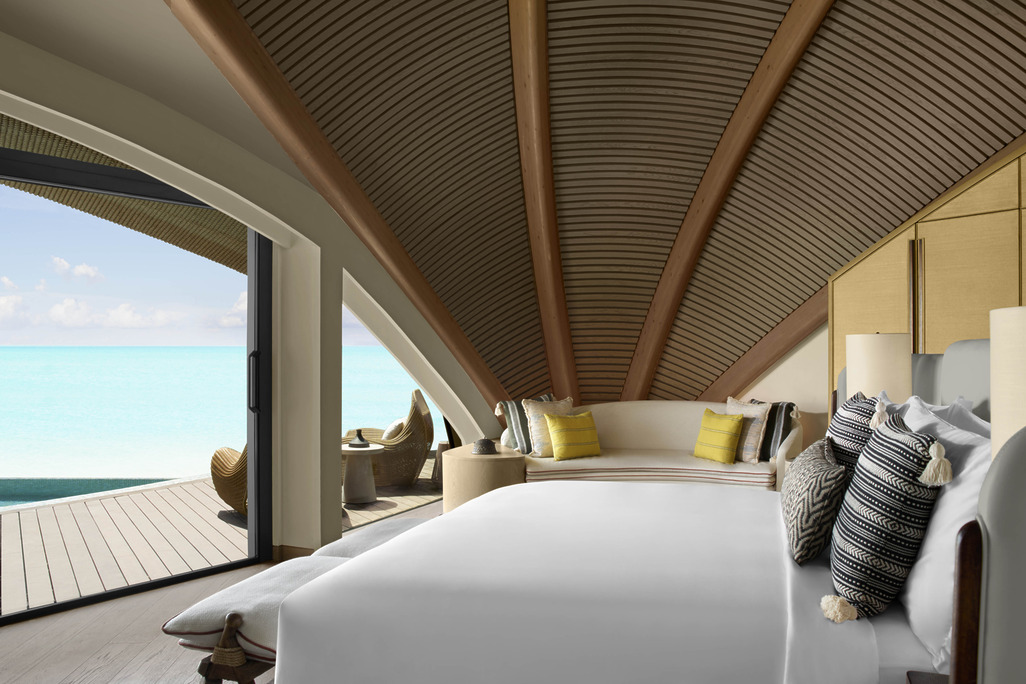
- Middle East
Nujuma, a Ritz-Carlton Reserve
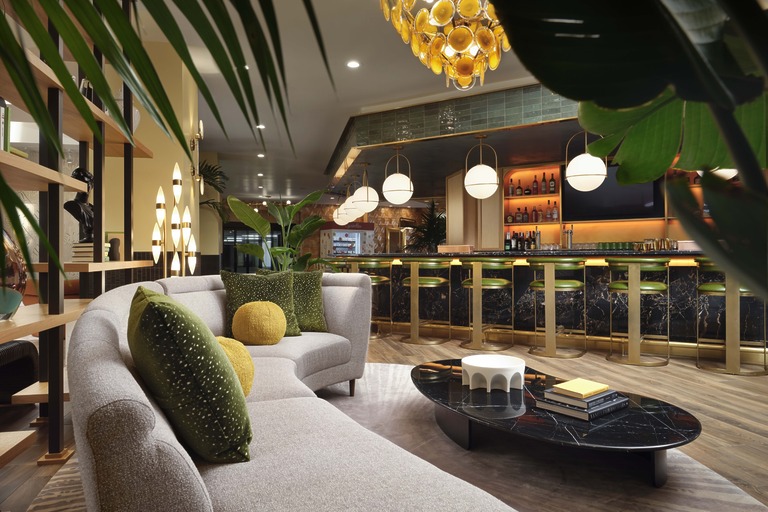
- North America
Burton House, Beverly Hills
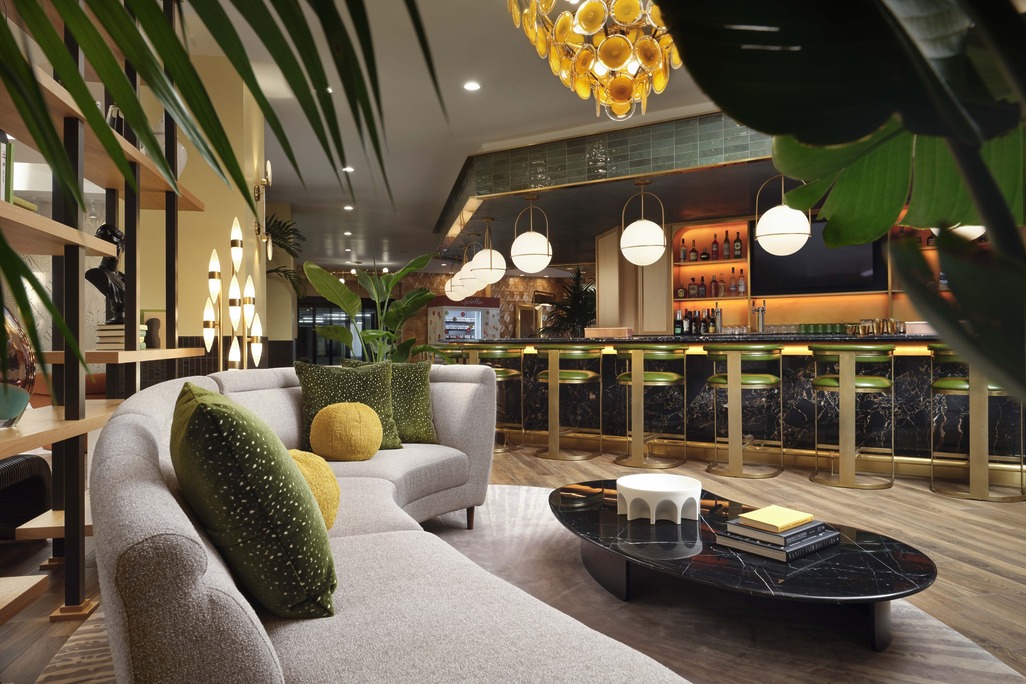
- North America
Burton House, Beverly Hills
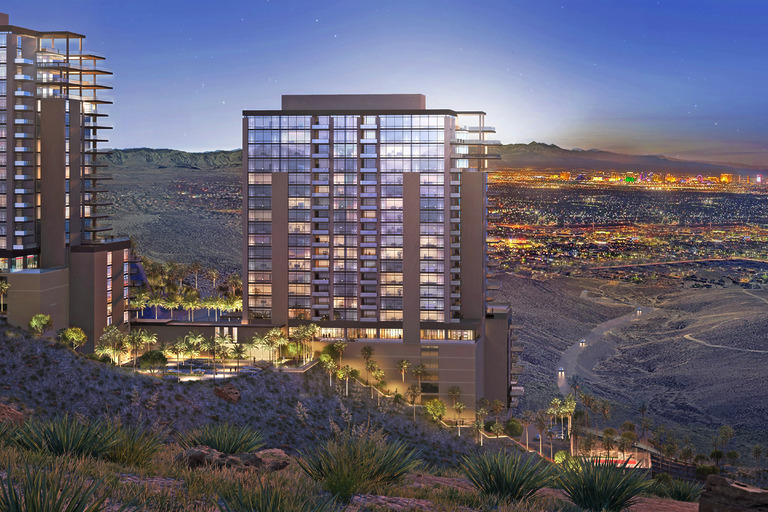
- North America
Four Seasons Private Residences Las Vegas
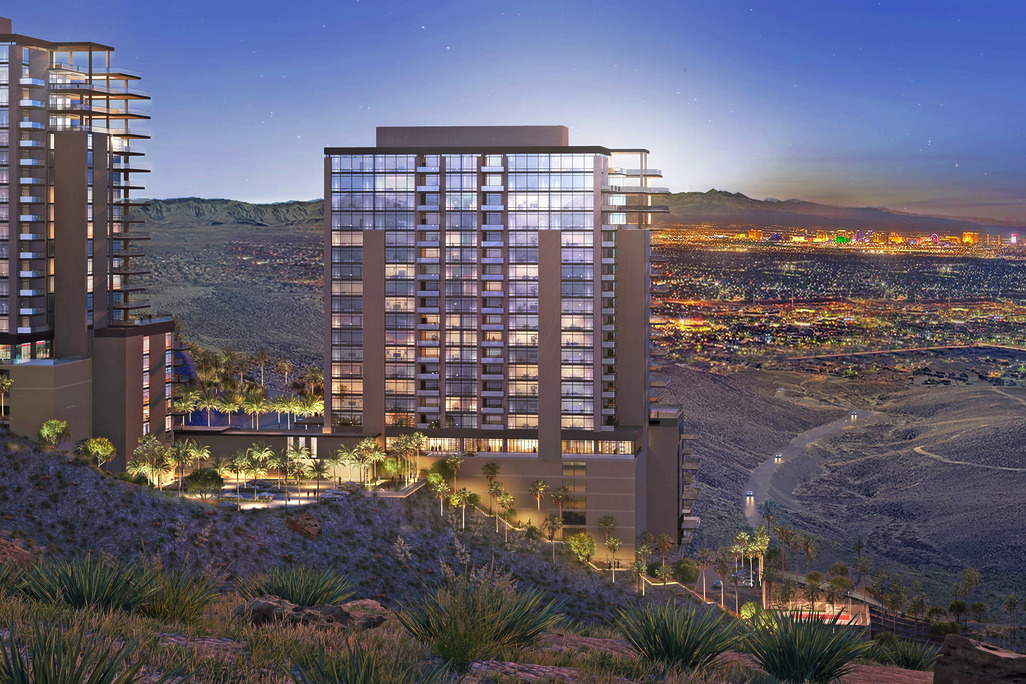
- North America
Four Seasons Private Residences Las Vegas
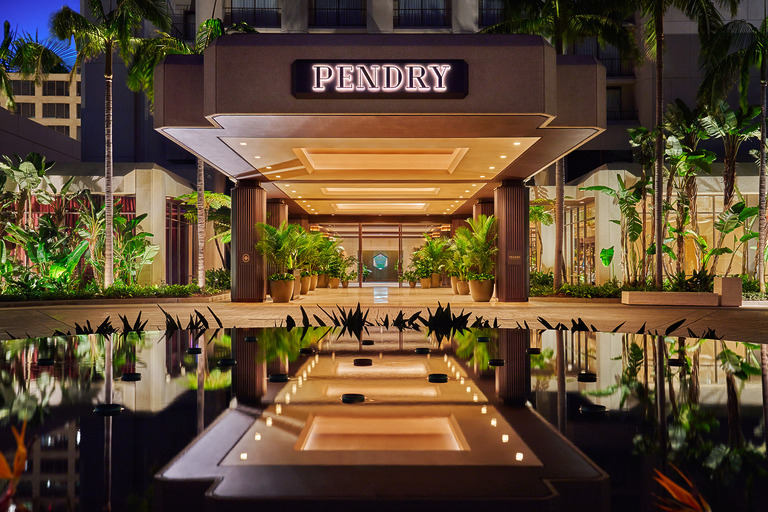
- North America
Pendry Newport Beach
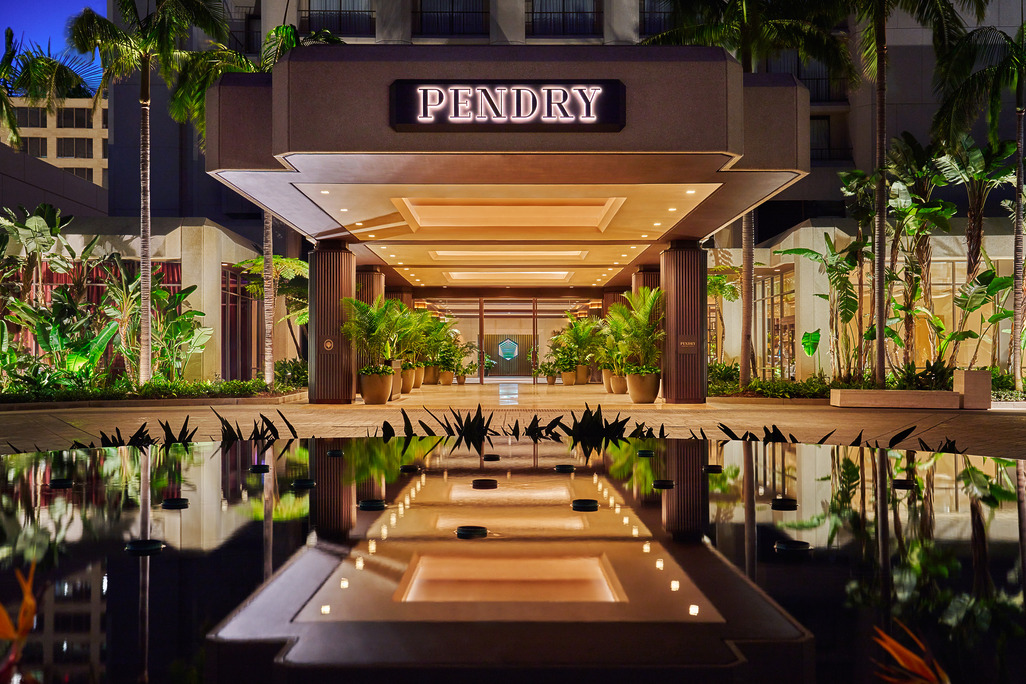
- North America
